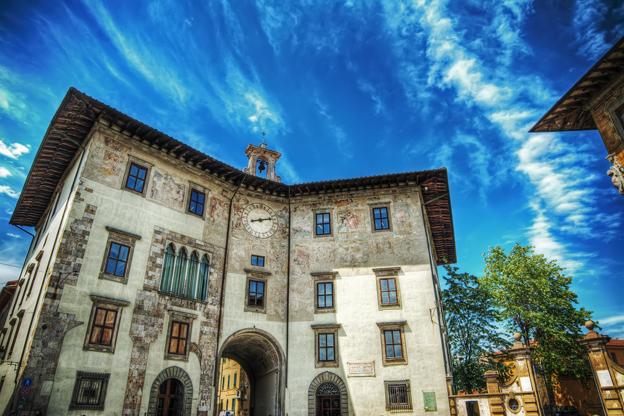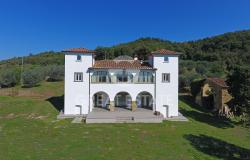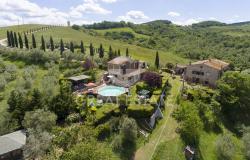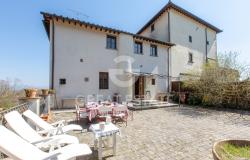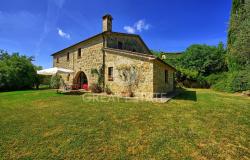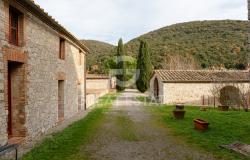There’s more to Pisa than the Leaning Tower. In fact, there’s another tower that just opened to the public boasting quite an intriguing story.
The Torre dei Gualandi, also known as the Muda Tower, stands on the beautiful Piazza dei Cavalieri, and forms part of the Palazzo dell'Orologio (Clock Palace).
Those familiar with Dante’s Divine Comedy know it as the tower where the tragedy of Ugolino della Gherardesca took place. The count accused of treason was placed by Dante in the ice of the second ring (Antenora) of the lowest circle of the Inferno, reserved for betrayers. Legendary are the scenes where Dante describes Ugolino gnawing at the skull of his betrayer, Archbishop Ruggieri, and eating his children’s corpses after being driven crazy with hunger (Canto XXXIII).
The episode was inspired by what happened in the 13th century, when Count Ugolino, his sons Gaddo and Uguccione and his grandsons Nino and Anselmuccio were imprisoned for treachery in the Muda, which at the time belonged to the local Gualandi family. Following the orders of the city’s Archbishop, the keys were thrown into the Arno river and the prisoners left to starve.
After these events, the tower was nicknamed Torre della Fame – the Hunger Tower. It was incorporated into the Palazzo dell’Orologio after 1357: it occupies the left side of the building where you can still see its outline to the left of the central arc. A plaque commemorates the episode that has made the tower famous.
Torre dei Gualandi is now open to the public as a museum tracing the story of Ugolino, both in history and in literature, and features an exhibition of ancient and illustrated editions of the Divine Comedy and other works inspired by the Ugolino legend.
Entrance is free, but advanced reservations are required. For more information, check the website of the Scuola Normale Superiore di Pisa, which manages the museum.
